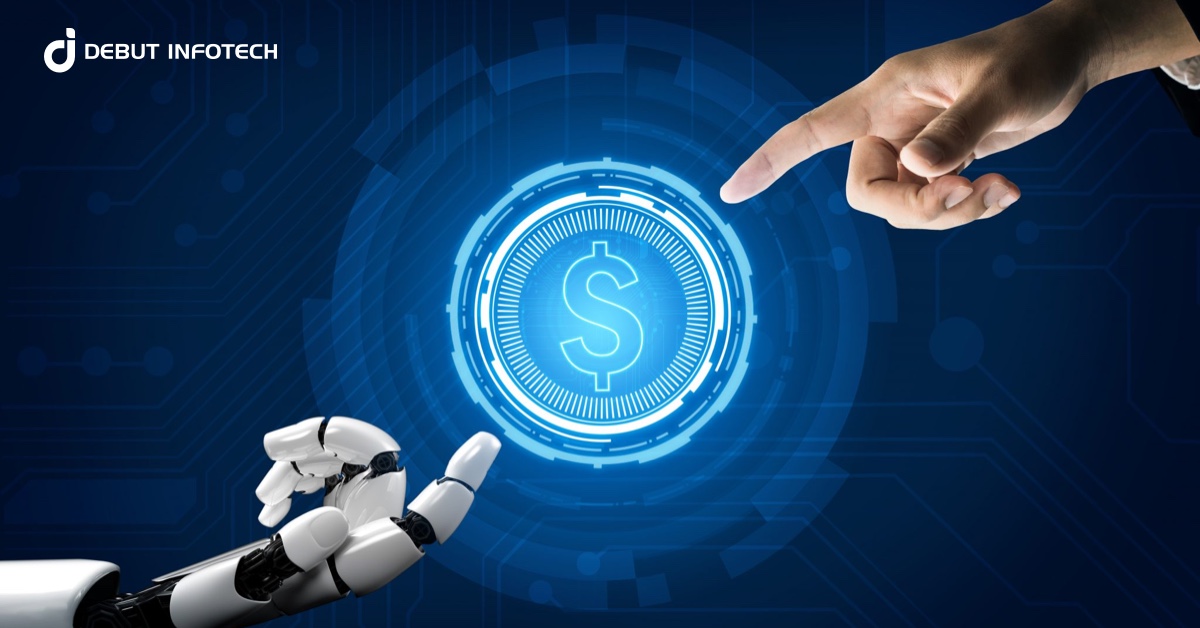Introduction
Artificial Intelligence (AI) has become a transformative force across industries, revolutionizing the way businesses operate, innovate, and serve customers. However, when considering AI implementation, one of the most common questions businesses ask is: "How much does AI development cost?" The answer isn't straightforward, as AI development expenses vary depending on multiple factors such as project complexity, scope, technology stack, and expertise required.
Factors Influencing AI Development Costs
- Type of AI Solution
AI solutions can range from simple machine learning models to complex systems like natural language processing (NLP) engines, computer vision applications, or autonomous robots. The complexity of the AI solution directly impacts the cost. For example, developing a chatbot based on pre-trained AI models is generally less expensive compared to building a custom AI-driven recommendation system or an AI-powered autonomous vehicle.
- Project Scope and Scale
The scope of the project plays a major role in determining AI development costs. A small-scale project such as a proof-of-concept (POC) may cost less, while full-scale AI implementation with integration into existing systems, user interfaces, and ongoing maintenance will significantly increase the cost.
- Data Requirements
Data is the backbone of any AI solution. The volume, quality, and type of data necessary for training AI models directly affect development costs. Clean, structured data may require minimal preprocessing, whereas raw or unstructured data needs extensive processing before it can be used to train AI models.
- Development Time and Talent
AI development requires skilled professionals, including data scientists, machine learning engineers, and software developers. The more experienced and specialized the team, the higher the development cost. Time is another key factor: shorter deadlines may require hiring additional resources or paying for premium services, thereby driving up costs.
- Technology Stack
The choice of AI tools, libraries, and frameworks (such as TensorFlow, PyTorch, or scikit-learn) also impacts development costs. While some open-source frameworks are available at no direct cost, businesses often need to invest in cloud infrastructure (AWS, Google Cloud, or Microsoft Azure) for storage and processing power, which can add to the overall cost.
Read more related blogs on Best AI Development Services Providers in 2024.
Breakdown of AI Development Costs
Below is a general cost breakdown based on the different components of AI development:
- Data collection and preparation: This typically accounts for 20% to 30% of the total cost, as preparing high-quality data for AI training is resource-intensive.
- Model development and training: The development of AI models, including selecting algorithms, training, and testing, can range from 30% to 50% of the total cost.
- Cloud infrastructure and computing resources: These costs can vary significantly, depending on the scale of the project and the volume of data being processed. Cloud costs may account for 10% to 20% of the budget.
- Integration and deployment: Integrating AI into business systems and deploying the solution can cost between 15% to 25% of the total development budget.
- Ongoing support and maintenance: Maintenance costs can account for 10% to 20% of the total budget, depending on the complexity of the system and the frequency of updates required.
Cost Estimation Based on AI Use Cases
- Chatbots: Developing a chatbot using existing AI platforms (like Dialogflow or IBM Watson) can cost between $5,000 and $50,000, depending on customization needs.
- Machine Learning Models: For small-to-medium-sized businesses, building custom machine learning models can range from $20,000 to $100,000, while larger enterprises may spend upwards of $500,000 for complex, enterprise-level AI systems.
- Natural Language Processing (NLP) Solutions: NLP-based applications, such as sentiment analysis or speech recognition, can cost between $50,000 and $300,000, depending on the sophistication and data requirements.
How to Optimize AI Development Costs
1. Start with a Minimum Viable Product (MVP)
Instead of investing heavily upfront, businesses can start with an MVP to test AI capabilities and gather user feedback. This reduces initial costs while allowing for future scalability.
2. Leverage Pre-built AI Solutions
Utilizing pre-trained models and AI platforms like Google AI, AWS AI Services, or IBM Watson can significantly cut development time and costs. These platforms offer ready-to-use AI functionalities, which can be customized to fit specific business needs.
3. Outsource to Specialized AI Development Companies
Outsourcing AI development company are specialized firms that can help reduce costs, as these firms often have pre-built frameworks, tools, and expertise that reduce the need for in-house resources. It’s important to choose a partner with experience in similar projects to optimize both cost and quality.
Conclusion
AI development costs are influenced by various factors, including the complexity of the project, data needs, and the level of expertise required. While developing a full-scale AI solution can be a significant investment, businesses can manage their budgets by starting small, using pre-built solutions, and outsourcing to experienced developers.






Comments